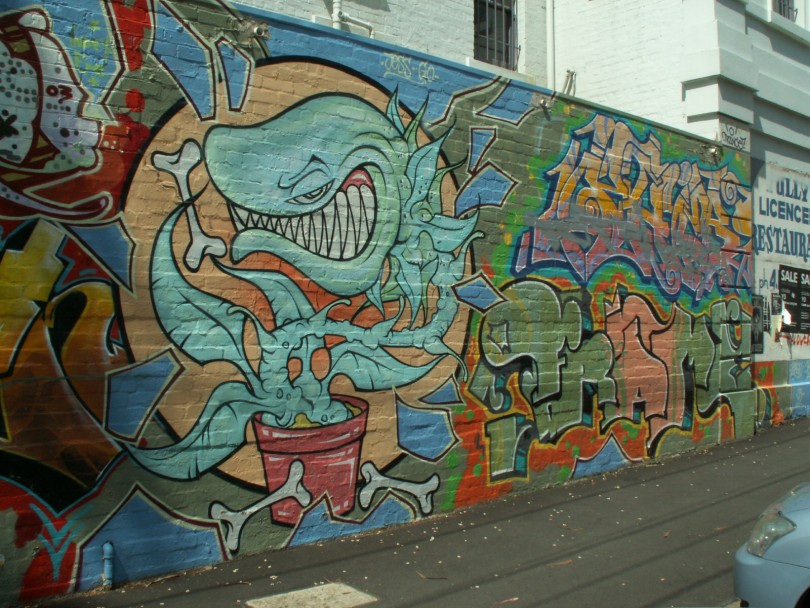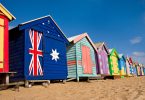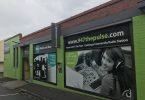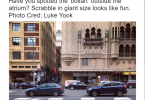The City of Greater Geelong is hoping to bounce back from a record high of graffiti crime in 2014.
In January this year, the Geelong Advertiser reported that 2014 had seen one of the worst spates of graffiti crime in ten years.
In a six-month period alone, ending on December 31, graffiti crime cost the city more than $90,000 in removals.
Geelong Council graffiti policy manager, John Brown, is hopeful that there will be more encouraging figures this year.
“We would hope that policy combined with community engagement would lead to a decrease,” he said.
Data from the City of Greater Geelong Council measuring Requests for Service for Graffiti, last updated in June this year, provides information regarding the incidences of graffiti crime reported and responded to in each suburb.
In 2015, 149 incidents had been reported in Geelong in the first half of the year. Brown said this data represents about 10 per cent of the graffiti crime that the Council has dealt with, but is a cross-section of incidents reported in the community.
In the last 10 years, the greatest affected areas include Geelong City, Newcomb, Corio, Belmont, Ocean Grove, Norlane, Geelong West and Grovedale. Suburbs with minimal incidents reported include Avalon, Balliang, Bellarine, Breamlea, Charlemont, Indented Head, Point Lonsdale, Wallington and Curlewis.
Significant spikes in graffiti crime reporting occurred in both 2009 and 2014, rising to 239 incidents and 317 incidents respectively.
The average amount of incidents reported as Council Requests for Service for Graffiti each year is 110.
“The reasons for the spikes and decreases is not something we could definitively comment on, except that where increases do occur, we provide as much of an intensive support as we can,” Mr Brown said.
Mr Brown also said that graffiti crime is often committed by groups of offenders, and when the court system has dealt with them, reported incidents will very likely reduce the following year with these offenders off the streets.
Areas like Norlane have been a focus for the Council, and a proactive approach has been taken to target the suburb, which has resulted in an 82 per cent decrease in reported incidents halfway through this year. Similarly, areas like Corio have also seen a 79 per cent drop in the first half of 2015. Suburbs like North Shore, suffer from far fewer incidents, despite their proximity to high response request areas like Corio and Norlane.
“This area also had some specifically targeted clean-up projects engaging with property and business owners in collaborative partnerships,” Mr Brown said.
Policy strategies for the city focus on policing and preventing, as well as ensuring rapid removal of graffiti, which encourages residents to report more often as the presence of graffiti is not common place. For the top eight suburbs affected by graffiti crime, over half of all requests were dealt with in a 48-hour period.
While a hardline stance against graffiti crime is consistent in the Council’s policy, they further aim to provide support for young people who wish to take part in legitimised street art.
“City Aerosol Network is a youth based aerosol art program run by the city, providing legal opportunities to creating murals, for example the Union Street multi-story mural and Tate Street Primary School,” Brown says.
Additional legitimisation in the city includes the Powerhouse, a defunct power station in North Geelong, which was transformed by local street artist Rone into a street art precinct earlier this year, as an attempt to give back to his hometown.







